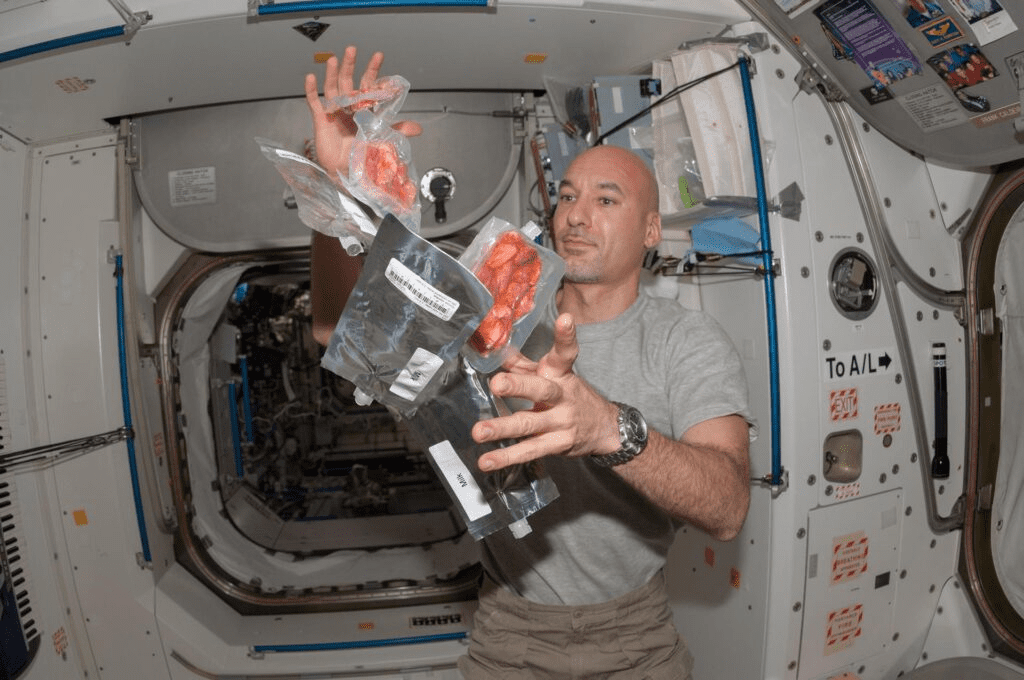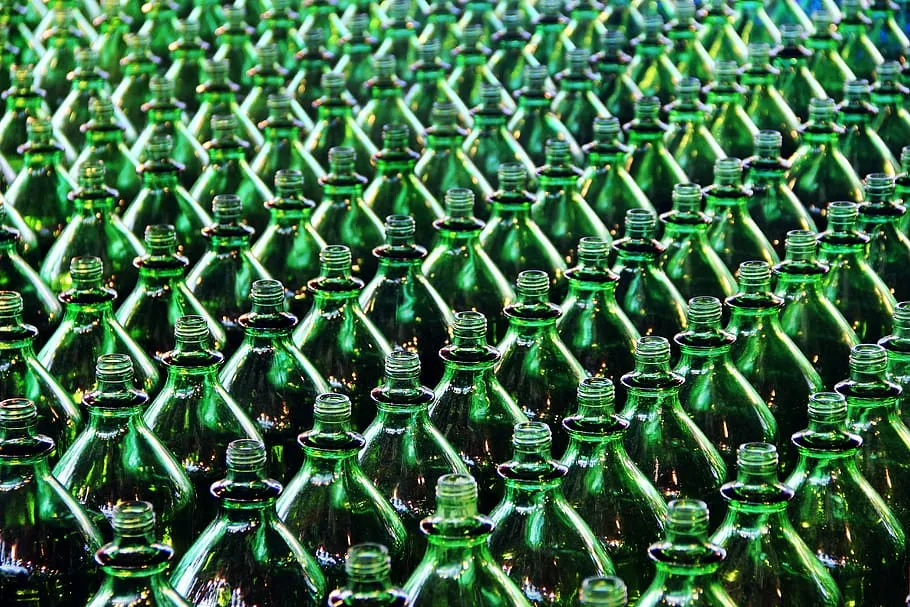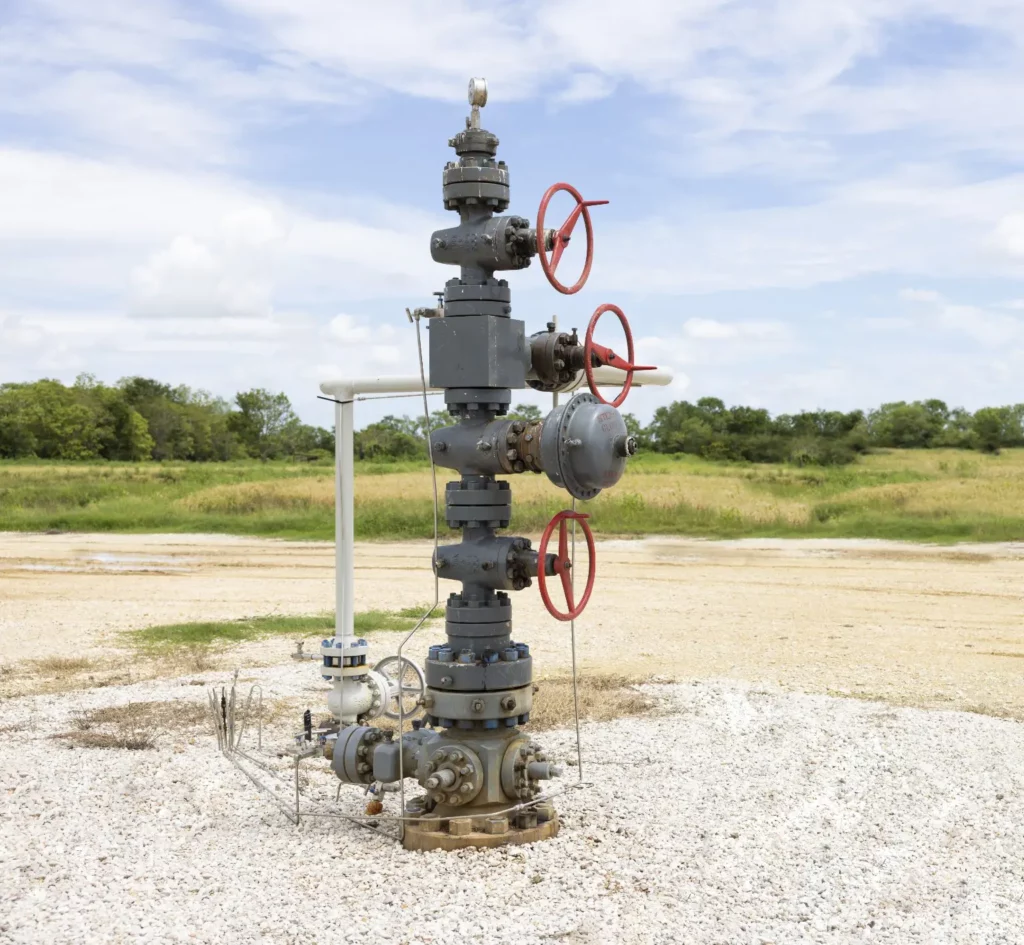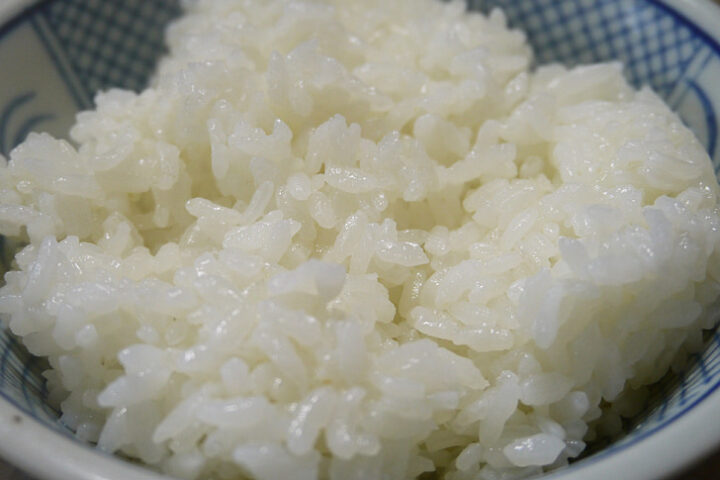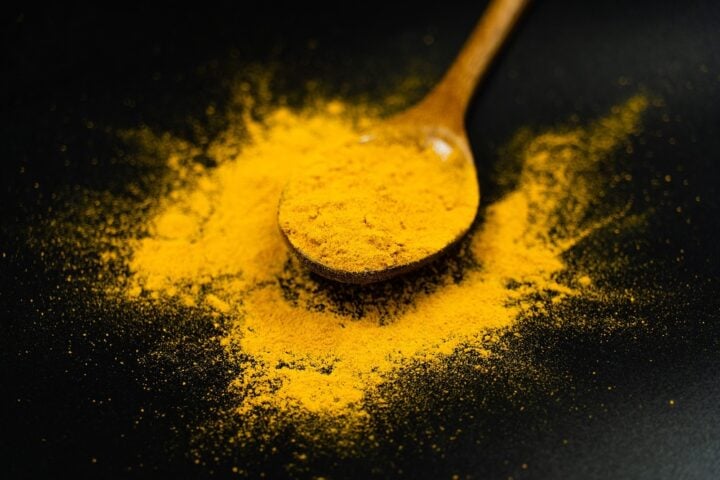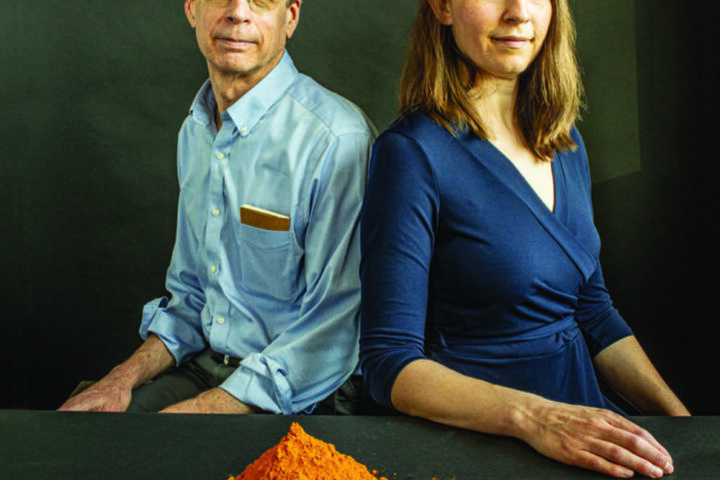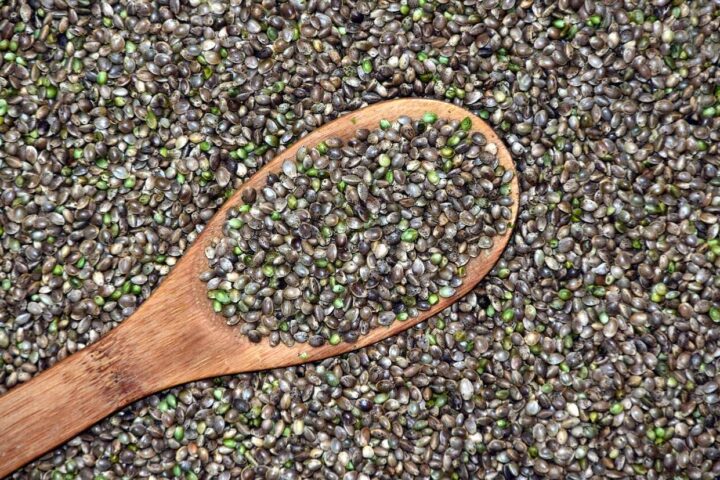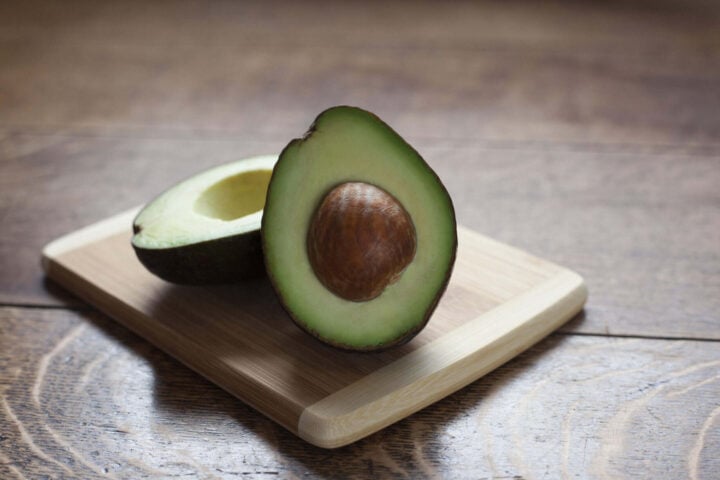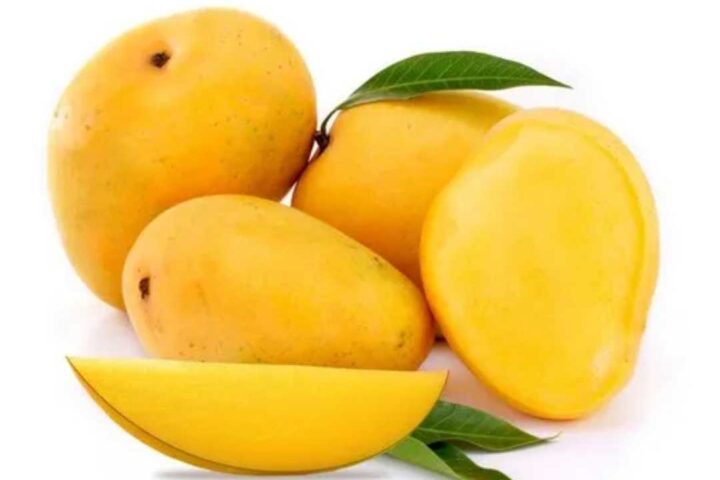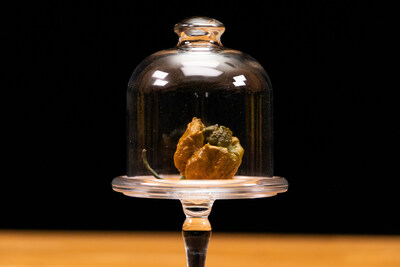Scientists have now successfully conducted an experiment to fry potato chips in microgravity, using parabolic flights to replicate the weightless conditions of the International Space Station (ISS). This novel technique indicates a major step forward in enhancing the culinary experience for astronauts.
In 2020, Jim Sears of Ascent Technology began developing Sated, a zero-gravity centrifugal oven, to facilitate cooking in space. Sated was one of the winning inventions in NASA’s Deep Space Food Challenge, a competition aimed at creating sustainable food production technologies for long-term space missions. The oven utilizes PTC heaters and a unique cooking method. Ingredients are rapidly spun within a cylinder, causing them to press against the outer walls of the device, shaping the food to match the dimensions of the cooking cylinder.
Sated, expected to be operational by 2025, will allow astronauts to prepare a variety of meals from scratch, including pizza, boiled rice, omelets, and baked potatoes. Sears is concurrently working on a multifunctional prototype that can serve as both an oven and a freezer. To ensure safety, Sated is designed to operate at temperatures below the ignition point of paper, making it suitable for zero-gravity environments.
Similar Post
The advent of Sated and other innovative space food technologies marks a new era in space exploration, supported by NASA’s Artemis program and the rise of private space companies. Addressing the challenges of food provision and preparation in space is becoming increasingly critical, especially with long-duration missions, such as a manned mission to Mars, on the horizon.
Concurrently, neurogastronomy – the study of the complex relationship between the brain and our experience of food – is being harnessed to enhance astronaut meals and combat “menu fatigue”. Chef Bob Perry is collaborating with Humanity in Deep Space to revolutionize space cuisine using neurogastronomy principles. Perry’s work underscores the importance of multi-sensory perception, including smell, taste, and sight, in crafting an enriching dining experience in zero gravity.
With the space environment impacting astronaut gut health, the development of a sustainable closed-loop food system is crucial. Perry emphasizes the importance of shared meals as a cultural and societal norm, which should extend to space. These advancements in space food technologies not only enhance the astronaut experience but also have the potential to reshape our approach to food scarcity and sustainability issues on Earth.
New food preservation and fermentation techniques are also being explored to provide nutritious, long-lasting meals for space travelers, ensuring their physical and mental well-being. As extended space missions become more common, the focus on creating a fulfilling and varied dining experience will continue to grow .
